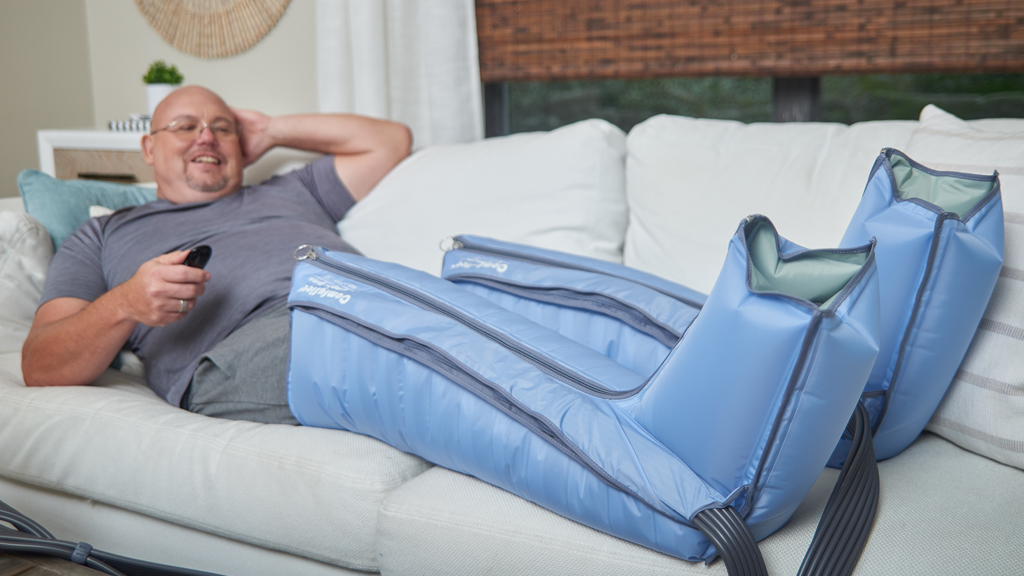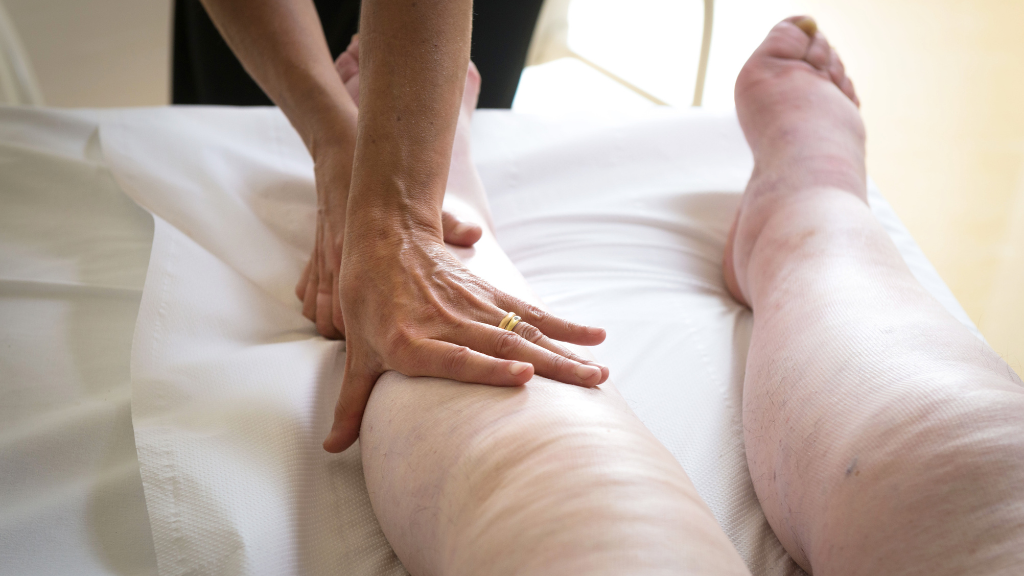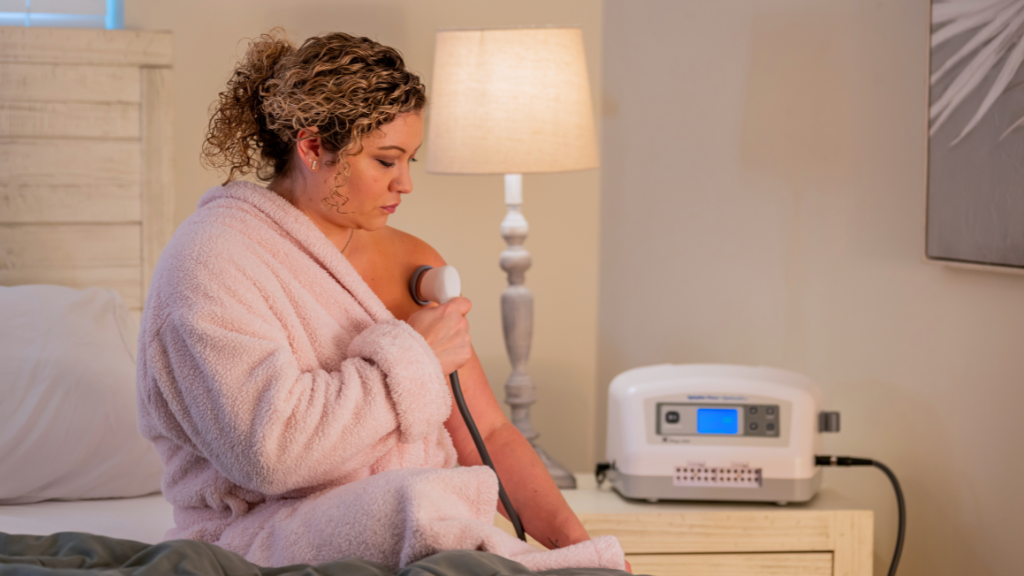For someone with edema, lymphedema, lipedema, or a similar condition, a lymphatic drainage machine offers a life-changing treatment option. These machines, also known as lymphatic pumps or pneumatic compression devices, help relieve pain, stimulate fluid movement, and prevent diseases from worsening.
Patients often have concerns about using their lymphatic drainage machines to their best benefit. Below is some helpful information about incorporating a lymphatic drainage machine into an overall treatment regimen.
When to Use a Lymphatic Drainage Machine
First, it’s important to consider when to use a lymphatic pump from a medical standpoint. A patient should have a clear medical diagnosis to know whether lymphatic drainage is appropriate for their condition.
Generally speaking, a lymphatic drainage machine may support the treatment of diseases and conditions like:
- Edema
- Lymphedema
- Phlebolymphedema
- Lymphostatic Fibrosis
- Lipedema
After surgery, patients may also find that their doctor is recommending at-home pumping for:
- Post-surgical edema control
- Post-breast cancer treatment management of fibrosis and lymphedema
- Ongoing lymphedema management after lymphatic microsurgery
Support for Other Treatments and Therapies
In addition, if a doctor has recommended complete decongestive therapy, also known as CDT, this may indicate that using a lymphatic drainage machine at home would support in-office CDT visits. Likewise, the use of manual lymphatic drainage (MLD) may indicate an opportunity to integrate at-home machine pumping.
The patient should consult their doctor to determine whether a therapy like CDT or MLD plus a lymphatic pumping machine would be an appropriate treatment regimen. Many renowned doctors support the use of lymphatic drainage machines for the treatment of lymphatic disorders.
For example, Dr. D. Scott Covington is a surgeon who specializes in wound care. He recommends using a lymphatic pump as part of a five-step complete decongestive therapy approach to managing lower extremity swelling that occurs with chronic edema. He encourages these patients to perform two 20-minute daily sessions of pumping.
Early Intervention and Ongoing Treatment
Introducing a lymphatic drainage machine at the right time is also a crucial component of successful lymphatic condition management. While some patients may not need a lymphatic drainage machine until after surgery, others could benefit from introducing the machine into their treatment program at the earliest stages of their disease.
Karen Ashforth, OT MS CLT-LANA, is an occupational therapist specializing in the treatment of lymphedema. She considers lymphatic pumping part of an essential early intervention strategy that keeps fluid moving to prevent fibrotic changes. She has seen excellent results from using compression pumps to prevent treatment-resistant fibrotic hardening that can arise from lower extremity phlebolymphatic fibrosis.
What about post-surgical care? Dr. Jay Granzow, an internationally-renowned lymphedema and lipedema surgeon, helps his patients view techniques like compression therapy and machine pumping as working hand-in-hand with lymphatic surgery. During the post-surgical period, a lymphatic drainage machine can help a patient maintain reduced fluid volume in their limbs.
Lymphatic drainage machines are also part of a clinical chain of support in an ongoing multidisciplinary treatment regimen. As Dr. Covington puts it, a lymphatic drainage machine can help a patient “hit the sweet spot” for continued therapeutic success, then stay in this sweet spot as long as possible.
For More Information About Lymphatic Drainage Machines
To learn more about pumps for edema, lymphedema, lipedema, and other conditions, please review lymphatic pump options from Lympha Press®, including the Optimal® Plus. For more than 40 years, Lympha Press has provided innovative compression pump home therapy equipment that supports the best possible patient outcomes.






